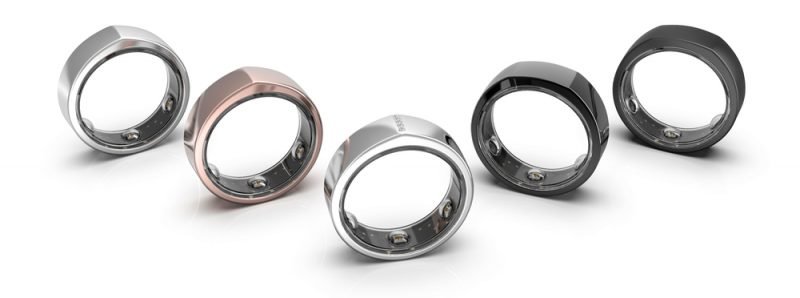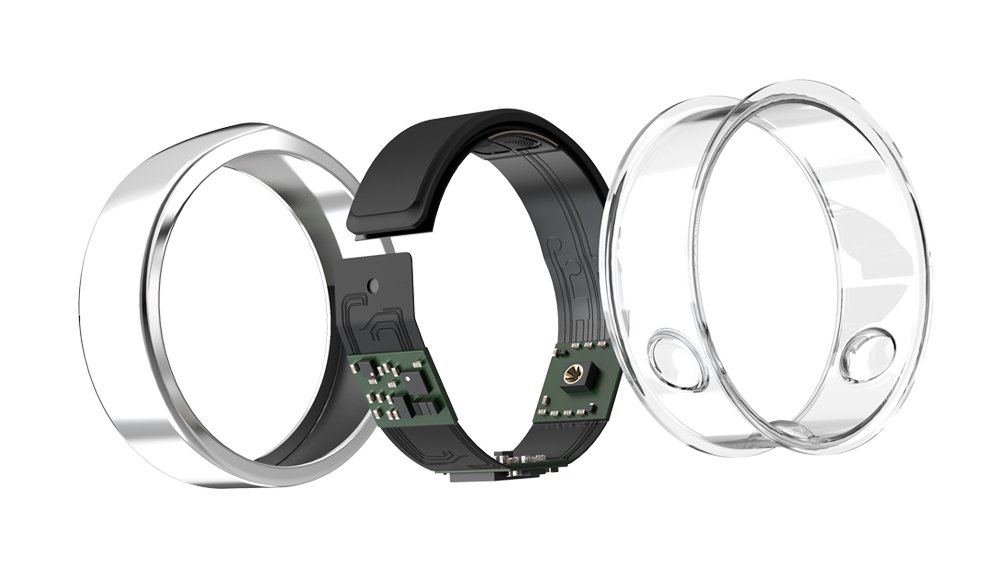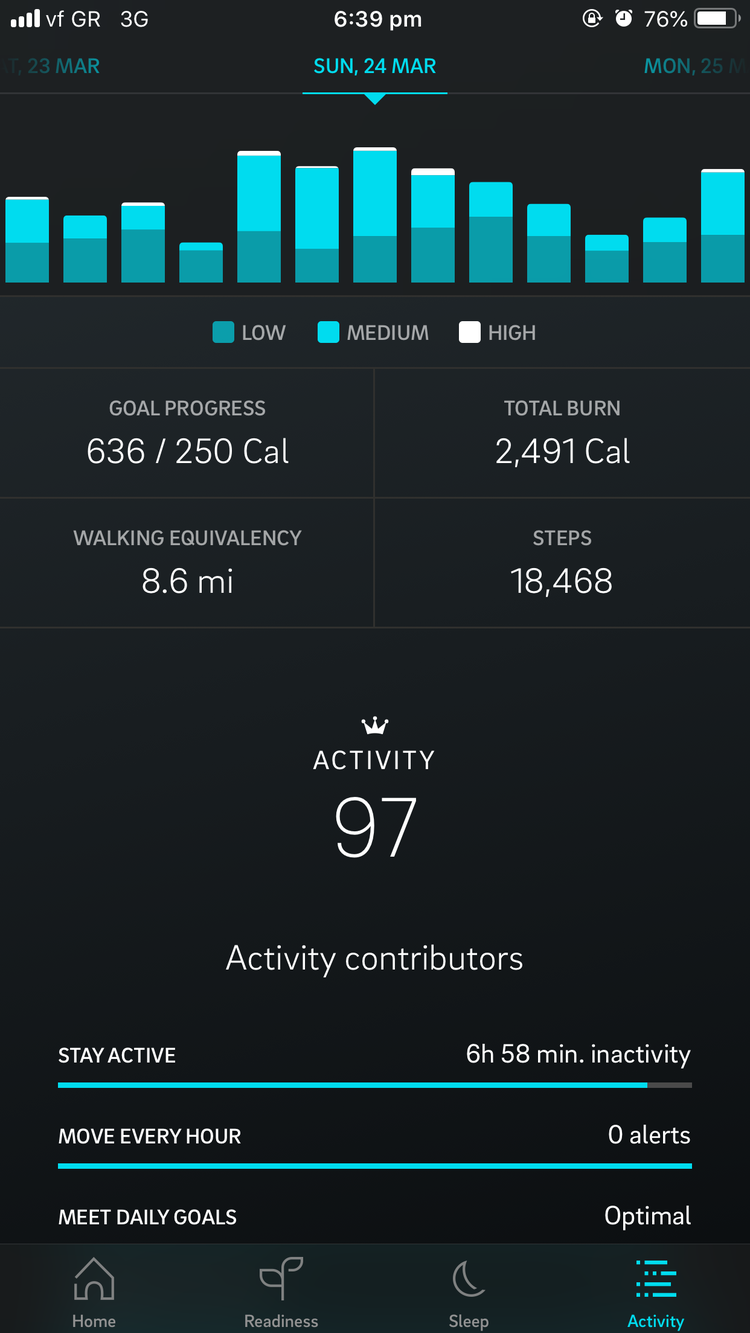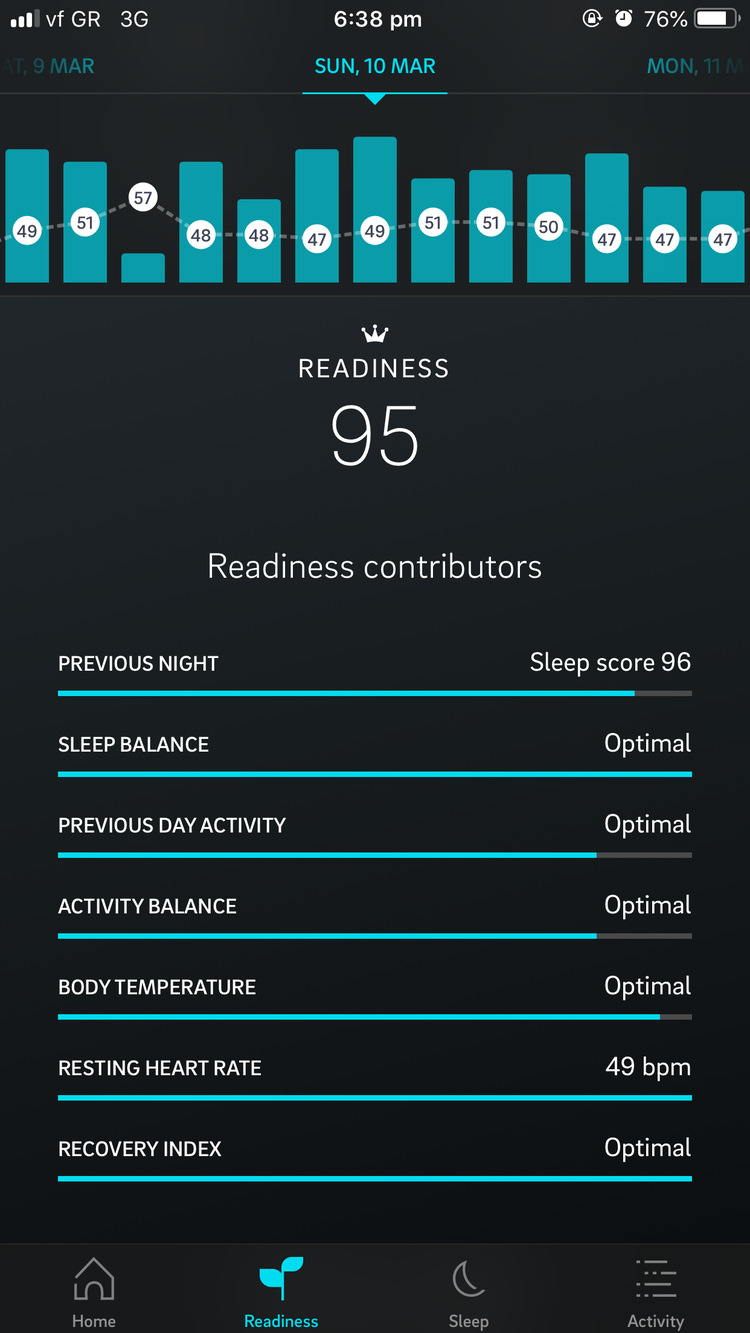My Experience with the ŌURA Ring (+ Why I Quit Using It After Two Months)
Ah, the Oura Ring. I’ve wanted to buy this innovative sleep + activity tracker for a long, long time. It’s been on my radar since the Gen 1 days, when the ring was the size of a small city and had zero aesthetic appeal. Personalities I followed (like Ben Greenfield or Wellness Mama) as well as friends (like Alex Fergus) spoke very highly of the ring, and as the community of people with an Oura ring grew, the praise kept piling up. When the generation 2 ring came out, my interest started to really spike. I have many friends who have and love their rings, not to mention the constant teasing of the Oura ring users Facebook group… and so when I was in Berlin in February of this year, I finally bit the bullet and ordered my ring.
This article will give you a little background on what the Oura ring is, why I bought it, how my experience with it was, and why ultimately I stopped wearing it. Note that I’m not an expert on the Oura ring— there are surely many aspects of the ring I have not fully grasped or possibly overlooked, but this is my experience/ perspective. Take it or leave it!
Image: Oura.
WHAT IS THE OURA RING
The Oura ring is a ring with sensors in it that track various metrics including HRV, RHR, IBI, sleep stages (Deep, REM, and light), sleep timing, duration, and quality, respiratory rate, breathing variances, thermometer level body temperature deviation, movements and daily rhythms, intensity, timing and length of physical activities, and inactivity and sedentary time, circadian alignment guidance, and sleep improvement programs.
In the picture above you can see the main parts of your new Oura ring:
A: The outer shell: made out of titanium with diamond-like coating (DLC);
B: The electronics: including processor, battery, memory, sensors;
C: The inner molding: non-allergenic, seamless and medical-grade.
Image: Oura.
HOW OURA WORKS
Thanks to an infrared lense, an NTC body temperature sensor, and a 3D accelerometer and gyroscope, (yes, those are all real words), Oura is able to capture the aforementioned data. It mostly doesn’t serve up raw data (yet), but rather through their app offers stats (often relative to your previous data) and makes recommendations on how to carry out your day. A readiness score tells you (essentially) how well rested you are, and then sets an activity level target for you that day.
ON THE LEFT IS A SCREEN SHOT OF THE APP’S ACTIVITY TRACKER SCREEN, AND ON THE RIGHT IS THE READINESS SCORE.IS OURA ACCURATE?
Ah, the golden question. Apparently, no, it’s not currently all that accurate. Sleep experts like Matthew Walker (author of Why We Sleep) have spoken about the Oura ring (on podcasts like JRE and Found My Fitness), and highlights the ways in which Oura data deviates significantly from proper sleep study data. The technology is still relatively new, and is making strides to becomes more accurate— and although it’s not perfect it’s still great information that you can use to see in which direction you are trending.
I’m just going to go ahead and say it: (according to the online community) the Oura ring is not at all an accurate fitness tracker (steps + calories burned). Whether it be the Facebook group or personal blogs, people are insecantly comparing Oura stats to their other devices, and there’s no doubt that if ‘fitness tracking’ is your goal: there are better wearables on the market (although I’ll explain to you below why I think they aren’t ideal, either). It’s a widely accepted consensus that although Oura offers ‘fitness tracking’ — the relevant data (and primary reason to purchase the ring) is for the sleep data.
Oura is also constantly updating their algorithms that trigger sleep scores, based on new metrics that end up radically shifting the amount of deep to REM sleep ratios… which may look great on the surface, but it also begs the question of how radically inaccurate was the old algorithms and data?!



